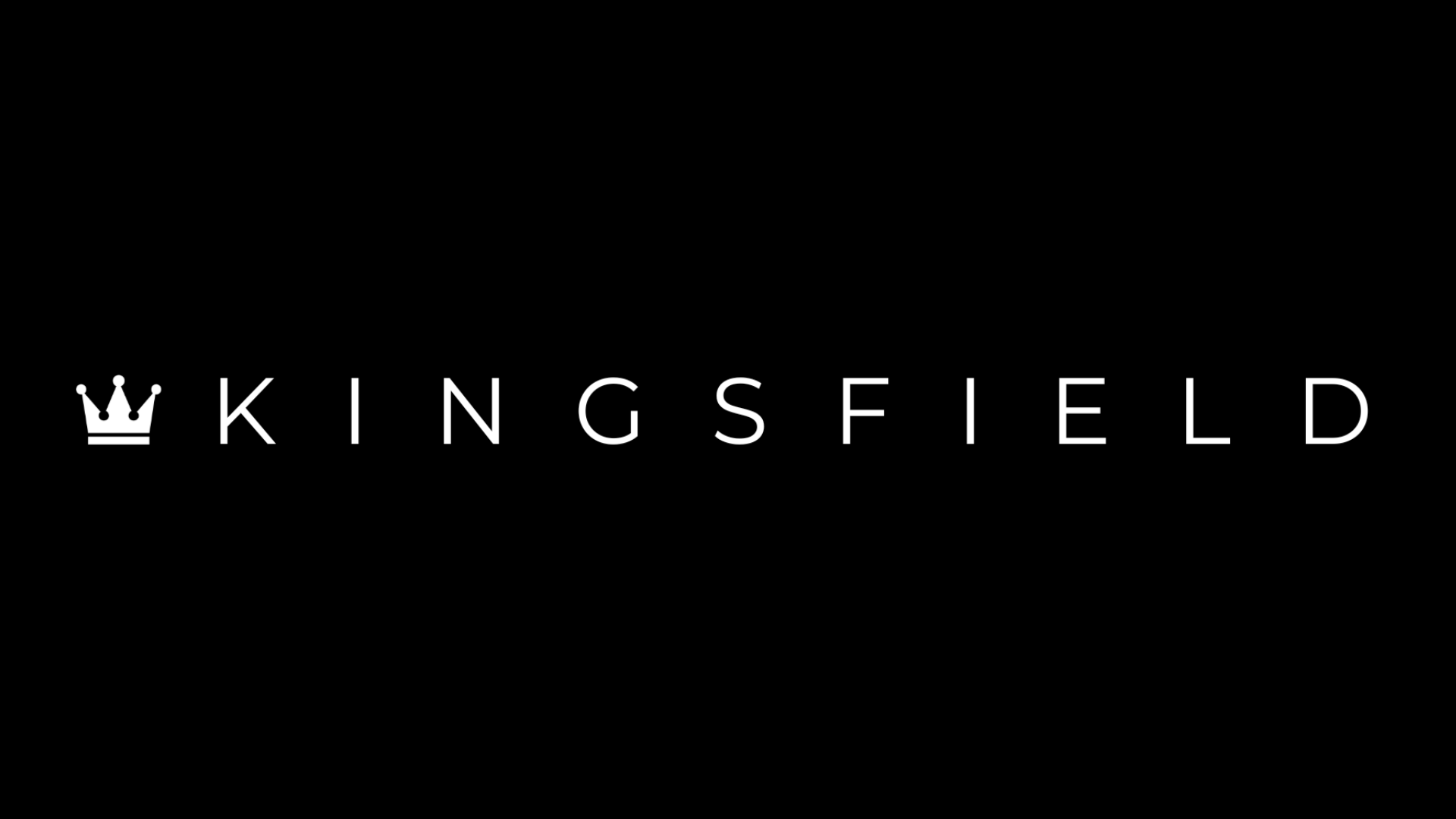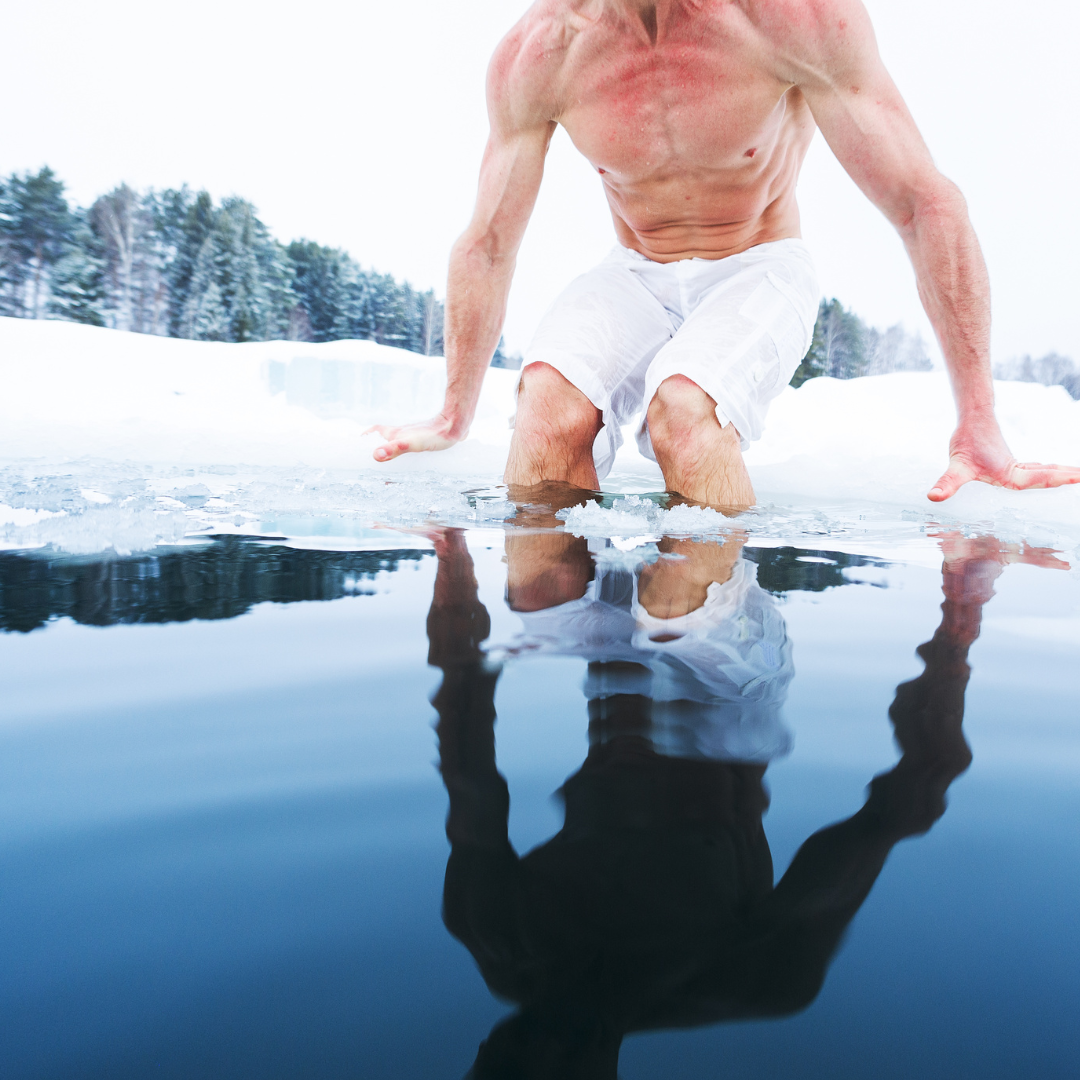Introduction to Cold Therapy for Muscle Recovery
When it comes to muscle recovery and athletic performance, cold therapy has gained a lot of attention in recent years. From ice baths to cryotherapy, numerous methods are being explored to harness the benefits of cold temperatures. In this article, we will delve into the various forms of cold therapy and their potential benefits for muscle recovery.
The Science Behind Cold Therapy
Cold therapy, also known as cryotherapy, involves exposing the body to extremely cold temperatures to promote healing and recovery. The application of cold temperatures constricts blood vessels, reducing inflammation and swelling in the muscles. It also numbs nerve endings, providing pain relief and improving overall comfort. Cold therapy can be applied in different ways, such as ice baths, cold packs, cryotherapy chambers, and even using cold air devices.
Studies have shown that submerging in cold water can increase dopamine levels by 250%! This is one of the safest, and most natural ways to increase dopamine at such significant levels.
Benefits of Cold Therapy for Muscle Recovery
1. Reduced inflammation and swelling: Cold therapy helps to reduce inflammation by constricting blood vessels, which slows down the flow of blood to the affected area. This can be particularly beneficial for relieving post-workout muscle soreness and swelling.

2. Pain relief: The numbing effect of cold therapy helps to alleviate pain by reducing nerve activity in the area. It can be particularly useful for managing pain caused by muscle strains, sprains, or other injuries.

3. Improved muscle recovery: Cold therapy promotes faster muscle recovery by reducing the production of lactic acid, a byproduct of intense exercise that contributes to muscle fatigue and soreness. By minimizing lactic acid build-up, muscles can recover more quickly and perform at their best.

4. Enhanced circulation: After exposing the body to cold temperatures, the body goes into a process called vasodilation, where blood vessels expand. When the body reheats, fresh oxygenated blood rushes to the muscles, carrying with it essential nutrients and oxygen needed for recovery.

Andrew Huberman on Cold Therapy
Methods of Cold Therapy
1. Ice baths: Immersing the body in ice-cold water or a combination of ice and water is a popular form of cold therapy. This method is particularly effective for reducing inflammation and promoting overall muscle recovery. It is important to gradually acclimate the body to the cold temperature and limit the duration of the ice bath to prevent potential cold-related injuries.
2. Cryotherapy chambers: Cryotherapy chambers are specialized machines where the body is exposed to extremely cold temperatures for a short duration. The cold air in the chamber helps to reduce inflammation and promote muscle recovery. This method is often preferred by athletes and fitness enthusiasts due to its convenience and effectiveness.
3. Cold packs: Applying cold packs or ice packs directly to the affected muscles is a simple yet effective form of cold therapy. The cold temperature helps to reduce inflammation and provide localized pain relief. This method can be easily applied at home and is a popular choice for self-treatment.
Precautions and Considerations
While cold therapy can be highly beneficial for muscle recovery, it is important to take certain precautions:
- Avoid prolonged exposure to cold: Excessive exposure to cold temperatures can lead to frostbite or other cold-related injuries. Always follow recommendations for the duration of cold therapy sessions.
- Gradually acclimate to the cold: When trying cold therapy for the first time, start with shorter durations or less extreme temperatures to allow your body to adjust gradually.
- Seek professional advice: If you have any pre-existing medical conditions or concerns, it is advisable to consult with a healthcare professional to ensure cold therapy is safe and suitable for you.
Incorporating Cold Therapy into Your Muscle Recovery Routine
Cold therapy can be a valuable addition to your muscle recovery routine. Here are some tips for incorporating cold therapy effectively:
- Timing is key: Apply cold therapy within the first few hours after an intense workout or physical activity to maximize its benefits for muscle recovery.
- Combine with other recovery techniques: Cold therapy can be complemented with active recovery techniques such as stretching, foam rolling, or massage therapy to further enhance muscle recovery and reduce soreness.
- Hydrate and fuel your body: Adequate hydration and proper nutrition play a crucial role in effective muscle recovery. Ensure you drink enough water and fuel your body with nutrient-rich foods.
- Listen to your body: Pay attention to how your body responds to cold therapy. If you experience severe discomfort or adverse reactions, stop the therapy and seek professional guidance.
By incorporating cold therapy into your muscle recovery routine, you can potentially enhance your recovery, reduce muscle soreness, and optimize your performance as an athlete, runner, or fitness enthusiast.
Additional Considerations for Cold Therapy
While cold therapy can be highly beneficial for muscle recovery, there are a few additional considerations to keep in mind:
Properly Prepare for Ice Baths
Ice baths are an effective form of cold therapy, but it's important to prepare properly to prevent any potential cold-related injuries. Here are some tips:
- Gradually acclimate your body to the cold water by starting with cooler temperatures and gradually adding ice.
- Avoid jumping into an ice bath immediately after a workout when your body is already warm. Give your body a chance to cool down naturally before entering the ice bath.
- Limit the duration of your ice bath. 10-15 minutes is generally recommended, but consult with a healthcare professional or physical therapist to determine the appropriate duration for your specific needs.
- Consider wearing a swim cap or covering your head with a towel to prevent excessive heat loss from your head during the ice bath.
Combine with Other Recovery Techniques
Cold therapy can be even more effective when combined with other recovery techniques. Consider incorporating the following practices into your routine:
- Stretching: Prioritize gentle stretching exercises to loosen up tight muscles and improve flexibility.
-
Foam rolling: Use a foam roller to release tension in muscles and reduce muscle soreness. The combination of foam rolling and cold therapy can be particularly effective for muscle recovery.

-
Massage therapy: If possible, schedule regular sports massages or self-massage sessions using massage tools to further enhance muscle recovery.

- Proper hydration: Drink plenty of water before, during, and after cold therapy sessions to stay properly hydrated. Hydration plays a vital role in muscle recovery.
- Quality sleep: Make sure you're getting enough sleep at night to support optimal muscle recovery and overall athletic performance.
- Nutrition: A well-balanced diet rich in lean proteins and essential nutrients supports the recovery process. Ensure you're fueling your body with the right foods to aid in muscle repair and growth.
- Meditation and stress management: Incorporate relaxation techniques such as meditation or deep breathing exercises to manage stress, as stress can negatively affect muscle recovery.
Considerations for Athletes and Runners
Athletes and runners often have specific needs when it comes to muscle recovery and performance optimization. Here are some additional considerations for athletes and runners:
- Proper footwear: Ensure you're wearing appropriate footwear that provides adequate support and cushioning to minimize the risk of injuries and to promote optimal performance.
- Recovery slides: Consider using recovery slides or sandals designed to provide optimal foot support and aid in post-workout recovery.
Remember, it's essential to listen to your body and tailor your recovery routine to your individual needs. If you have any concerns or specific medical conditions, consult with a healthcare professional or physical therapist to ensure that cold therapy and other recovery techniques are safe and suitable for you.
By incorporating cold therapy and various recovery techniques into your muscle recovery routine, you can potentially accelerate recovery, reduce muscle soreness, and optimize your overall athletic performance. Experiment with different methods and find a combination that works best for you. Stay consistent, and enjoy the benefits that cold therapy can bring to your muscle recovery journey!
Exploring Cold Therapy Alternatives
In addition to ice baths and cryotherapy, there are other cold therapy alternatives that offer similar benefits for muscle recovery:
Cold Compresses
Cold compresses are convenient and accessible forms of cold therapy that can be easily applied to targeted areas of the body. By using a cold compress, such as a gel pack or a frozen towel, directly on sore muscles, you can reduce swelling, numb the area, and promote faster recovery.
Ice Massage
Ice massage is a technique that involves using ice directly on the skin to promote muscle recovery. This method can be particularly effective for targeting specific areas of pain or inflammation. Simply freeze water in a paper cup, peel back the rim, and use the exposed ice to gently massage the affected area in circular motions. Ice massage can help reduce inflammation, numb the area, and alleviate pain.
Cold Showers
Cold showers are a simple yet effective way to incorporate cold therapy into your daily routine. By exposing your body to cold water during a shower, you can enhance blood circulation, reduce muscle soreness, and promote overall recovery. Cold showers also have the added benefit of boosting mood and increasing alertness, making them an excellent choice to start your day or recover after a workout.
Contrast Therapy
Contrast therapy combines the use of both cold and heat to stimulate blood flow and aid in muscle recovery. This method involves alternating between cold and hot temperatures to improve circulation and reduce inflammation. Start with 10 minutes of cold therapy, such as an ice pack, followed by 10 minutes of heat therapy, such as a warm towel or heating pad. Repeat this cycle a few times to enjoy the benefits of contrast therapy.
Conclusion
Cold therapy, in its various forms, offers numerous benefits for muscle recovery. Whether you choose to incorporate ice baths, cryotherapy, cold packs, or other alternatives, the cold temperature helps reduce inflammation, alleviate pain, and accelerate muscle recovery. It's important to follow proper precautions, gradually acclimate your body to the cold, and seek professional guidance if needed. By combining cold therapy with other recovery techniques, such as stretching, foam rolling, and proper hydration, you can further enhance your muscle recovery and optimize your overall athletic performance. Experiment with different methods, listen to your body, and find the cold therapy approach that works best for you. Enjoy the benefits of a chilled recovery routine and take your fitness journey to new heights!

